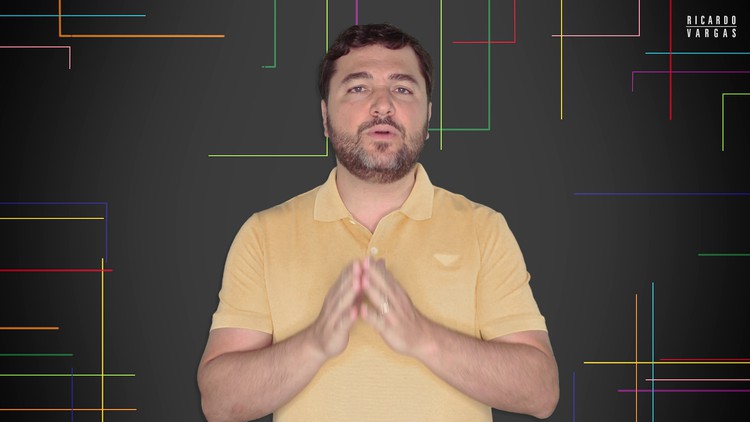
Crash Course on Risk Identification
What you will learn
What is a risk (threats and opportunities)
What are the 5 information gathering techniques to identify risks
How to use brainstorming to identify risks
What is Nominal Group Technique and Crawford Slip
What are the 2 analytical techniques to identify risks
How to make the review of documentation to identify risks
The benefits and challenges of each of the seven techniques to identify risks
How to write a clear risk description that can be shared
Description
In this crash course, you will learn a practical process to identify risks in your project or any other work, being able to understand the dual nature of risks that includes not only threats, but also opportunities.
You will learn seven different techniques to identify risks depending on the type of information you have available. You will also learn how to master the writing of a risk description.
The course was recorded in English with subtitles in English, Brazilian Portuguese (Português do Brasil), Spanish (Español), Arabic (عربى) and Simplified Chinese (中文).
The full course has 11 lessons covering 2 hours of content. We expect you to finish the course in 4 days or less, by watching 30 min each day.
What will you learn?
- What is a risk (threats and opportunities)
- What are the 5 information gathering techniques to identify risks
- How to use brainstorming to identify risks
- What is Nominal Group Technique and Crawford Slip
- What are the 2 analytical techniques to identify risks
- How to make the review of documentation to identify risks
- The benefits and challenges of each of the seven techniques to identify risks
- How to write a clear risk description that can be shared
Curriculum:
- 1. Introduction
- 1.1 – Course Overview (2:07)
- 1.2 – What is a Risk? (4:12)
- 1.3 – Risk Characteristics (7:09)
- Ricardo Vargas Bio (Optional) (7:11)
- Slide Deck – Part 1
- Assessment – Part 1
- Podcast (Optional) – What is the difference between managing a risk and managing an issue?
- Podcast (Optional) – Urgency and Trend: Two Additional Dimensions in Risk Assessment
- Podcast (Optional) – What is Possible to Learn in Risk Management from the Tragedy in Japan
- 2. Information Gathering Techniques
- 2.1 – Interview (4:47)
- 2.2 – Delphi Method (7:21)
- 2.3 – Nominal Group Technique (6:06)
- 2.4 – Brainstorming (4:00)
- 2.5 – Crawford Slip (5:11)
- Slide Deck – Part 2
- Assessment – Part 2
- Podcast (Optional) – Understanding the Delphi Technique
- 3. Analytical Techniques
- 3.1 – Documentation Review (2:21)
- 3.2 – Analogy (2:26)
- 3.3 – What is the Best Technique (0:53)
- Slide Deck – Part 3
- Assessment – Part 3
- Podcast (Optional) – How Different People See the Risk in Different Ways
- 4. How to Write a Risk
- 4.1 – How to Write a Risk (5:17)
- 4.2 – Course Conclusion (0:59)
- 4.3 – An Invitation to you from Ricardo Vargas (1:01)
- Slide Deck – Part 4
- Assessment – Part 4
- Full Set of Course Slides
- Podcast (Optional) – Understanding the Risk Attitude
- Podcast (Optional) – Importance of Monitoring and Controlling Risks
Content